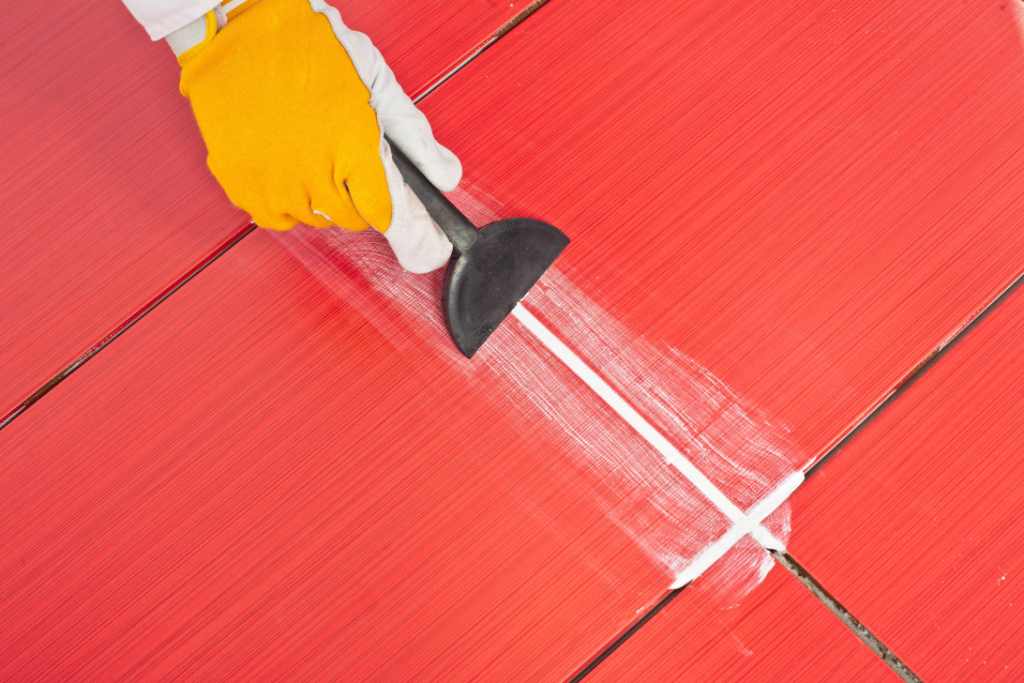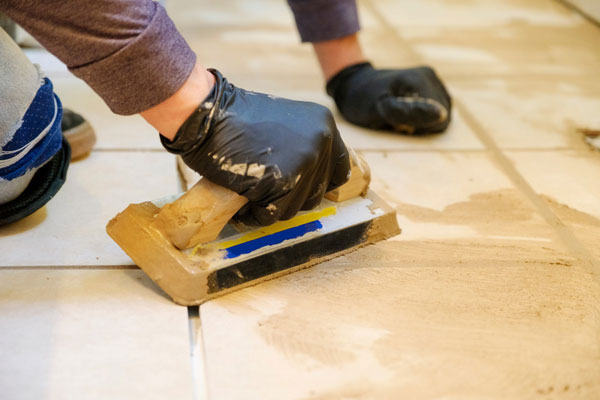
Building a home is not an easy task. There are about a million things that need your attention and an equal number of things that can go wrong. One of the main things is to ensure that the structure is sturdy and does not collapse. Therefore, to make it strong, constructors use a method called grouting. But, what is grouting, and what is the purpose of grout? We will find out in this article.
What Is Grouting?
Generally, grout is a mixture of cement, water, sand, and sometimes chemicals. It is used to fill gaps and seams in tiles, repair concrete cracks, waterproof, and for stabilising the soil.
When gravel is mixed in this mixture, it strengthens large areas such as the core of concrete blocks and supports the foundations of structures. Other than that, it is used in ground anchors, pile foundations, under-reaming, road construction, dam construction, and more.
There are different kinds of grouting methods such as cement grouting, bituminous grouting, chemical grouting, and more. Often, resins are also used as grout material.
Advantages of Grouting:
Here are a few advantages of grouting:
- It can be done on any ground surface.
- It helps avoid structural damage and reduces vibrations.
- It also helps in measuring improvements in in-ground structures.
- It can be installed adjacent to existing walls.
- Excellent for low headroom and limited space applications.
- Helps in slab jacking to level or lift the deformed foundation.
- Can be used to stop groundwater flow, seepage, and dangerous waste materials process and their types.
Materials Used in Grouting:

- Cement: It is used as an injection to fill the gaps and voids in the rock unit, soil, or concrete structure. It can be used in marine applications, bridges, rock anchors, dams, and more. The grouted mass has increased stiffness, strength, and reduced permeability.
- Chemical: It changes granular soils into a strong sandstone-like mass by filling the gaps with a non-particulate, low-viscosity grout. It is also injected under pressure via the ports where it hardens and creates a sandstone-like mass.
- Bentonite: This grouting reduces the hydraulic conductivity of underground water in the expected damage zone by filling up cracks and fractures.
- Resin: Conventional grout is made from cement and it is not waterproof. It actually absorbs water and stains quickly. Therefore, epoxy resins are used to stop the water from seeping in the grout, making it watertight.
- Bituminous: In this type of grouting hot and melted bitumen is mixed with the grouting material. When hot bitumen is mixed with water, it cools quickly and becomes a tenaciously sticky, highly viscous, and elastoplastic material.
Kinds of Grouting

There are generally two kinds of grouting, G1, and G2. Let’s start with G1.
1. G1 Grouting
The G1 grout is ideal for towers, steel structures, small pumps, ships, and non-vibrating machinery. It must be free-flow cementless, and non-shrinking grout with a compressive strength at the very least equal to the concrete foundation.
2. G2 Grouting
It is primarily used in compressors, prefabricated concrete structures, heavy vibrating equipment, and heavy structures with column-bearing plates.
Concluding Thoughts on What is Grouting
Grouting is an essential part of any construction project be it a house, a large building, a dam, a bridge, or an underwater structure. It gives immense strength to a structure by filling up cracks and gaps in the foundation. There are several materials used in the grouting process to give it the desired strength level. After that, the process of constructing a structure can take place.
What is Grouting in Construction? FAQs
1. What is the purpose of grout?
Grout has various benefits. It is used in the tiling process to give your walls and floor a crisp finished appearance. It stops debris and dirt from getting in between your tiles. Also, it adds rigidity and strength to your tile installation. Other than that, it is used in strengthening the foundation of structures such as ground anchors, pile foundations, under-reaming, road construction, dam construction, and more.
2. What is grouting in concrete?
Also known as cementitious grouting, in this process fluid, cementitious grout is injected under pressure to fill voids and gaps. It is used in marine applications, bridges, rock anchors, and dams. The grouted mass has increased stiffness, strength, and reduced permeability.
3. Which material is used for grouting?
Usually, cement, sand, and water are used for grouting, but when gravel is mixed into it, it strengthens the core of the concrete blocks and foundations of structures. Oftentimes, bitumen and epoxy resin is also used to make the grouting stronger and watertight.






